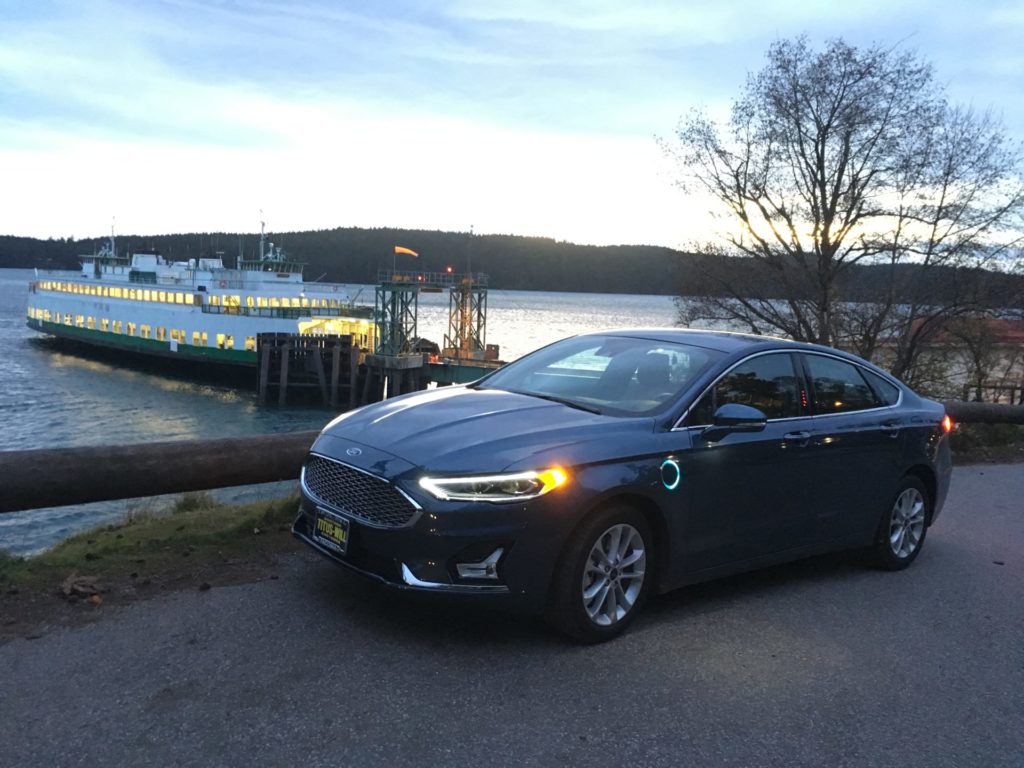
09 Apr WEBINAR: 3 Things Utilities Need to Know About EVs in 2019
In order for utilities to prepare for the EV revolution, they will have to align their business strategies with market developments. In this webinar, we discuss opportunities and challenges that utilities face in advancing their electric mobility goals, including market growth, utility impacts, and utility opportunities. Please see article below or visit DRIVE EV Market Services to learn more.
Sign up to receive D+R Insights on electric vehicles
3 Things Utilities Need to Know About EVs in 2019
 Turns out that 2018 was a milestone year for electric vehicle sales in the U.S. According to Inside EVs, 2018 saw over 360 thousand electric vehicles delivered, compared to just under 200 thousand in 2017. EVs represented about two percent of the total U.S. market for new vehicles, but there are signs that EV supply is currently a bigger challenge than EV demand.
Turns out that 2018 was a milestone year for electric vehicle sales in the U.S. According to Inside EVs, 2018 saw over 360 thousand electric vehicles delivered, compared to just under 200 thousand in 2017. EVs represented about two percent of the total U.S. market for new vehicles, but there are signs that EV supply is currently a bigger challenge than EV demand.
Manufacturers, fortunately, are introducing new EV models every year. These new models are finally starting to include trucks, SUVs, and crossovers that are perennial favorites for U.S. consumers. Current forecasts expect 31 percent of new vehicle models will be battery or plug-in hybrid electric vehicles in 2020. According to Edison Foundation forecasts, the number of EVs on the road is projected to reach 18.7 million in 2030, up from slightly more than 1 million at the end of 2018.
What’s driving the EV revolution? Simply put, EVs deliver three wins that their conventional gas-powered cousins cannot:
- reduce pollution,
- reduce utility customer transportation costs,
- and increase grid efficiency and revenue for utilities.
Despite growth, the EV market still faces barriers. There is limited infrastructure for public and at-home charging, especially outside of Zero Emissions Vehicle states. In addition, dealership business models that rely on regular vehicle maintenance are at odds with EVs that need less service. When buying EVs today, it’s common for consumers to find a lack of options and limited expertise at their local dealership.
With a connection to the market, utilities can work to overcome these barriers and harness the EV revolution.
What does EV market growth mean for utilities?
According to Utility Dive, a National Renewable Energy Laboratory study found that electricity demand could increase up to 80 terawatt-hours per year by 2050 with transportation electrification. That means a 38 percent increase over the current U.S. demand.
The impact will be especially heavy on some local utility grids where there are clusters of EV owners. Typical EV drivers require 10-15 kwh per day to recharge at home, which is like adding another house for every two EVs.
As utility managers are starting to plan ahead to address the impacts of electric vehicles, you are probably asking yourself some of these questions:
- What grid upgrades will be needed to keep up with projected demand?
- How will the EV revolution impact rate structures?
- When will utility investments start to pay off?
EV demand opens the door for utilities to increase their revenue and grid efficiency. However, in order to succeed, utilities will have to align their business strategies with market developments.
- In the near-term, utilities can motivate EV purchases to increase load
- Using special rate schedules and demand response programs, utilities can shift demand off-peak and better integrate with storage and renewables
- Utilities can also promote ENERGY STAR certified Level I and Level II EV chargers to reduce standby power consumption and enable grid integration
 Utilities need to have a consistent message to the market and leverage important work being done at the federal level on energy efficient EV charging.
Utilities need to have a consistent message to the market and leverage important work being done at the federal level on energy efficient EV charging.
The biggest opportunity for utilities is to grow demand. Each EV will use around $3,000-$5,000 worth of kWh over its lifetime, so motivating consumers to purchase EVs in the near term can pay off significantly.
Utilities that are just starting to develop EV programs should start with efforts to build relationships with consumers and other EV market actors:
Educate consumers about electric vehicle options:
- Specifically, help them compare EV and ICE fuel costs based on your kWh rates
- Provide information on ENERGY STAR certified charger options and where to find them
Engage with “champion” car dealerships:
- Having high-quality relationships with select dealerships will pay off more than trying to engage with every dealership in your territory
- You’ll want to partner with what we call “champion” dealerships to provide training and resources
- The relationship can work both ways, with utilities qualifying customers and delivering them to EV dealer partners
Develop your EV charger installer network:
- Most likely there are not a lot of EV charger installers in your service territory
- This network can take time to mature and grow. Starting this process now can pay off significantly down the road
In areas where the EV market is ahead of the curve, utilities can dive into more advanced programs.
Last mile and peak demand planning
- Analyze market data to identify clusters of EV ownership and plan infrastructure improvements
- If you are concerned about peak demand, you can implement variable rate structures to encourage off-speak charging and manage demand
Public EV charger infrastructure
Building and promoting additional at-home and public charging infrastructure can make a big difference in making consumers confident in electric vehicles. Bring more ENERGY STAR certified Level 2 and – soon – ENERGY STAR certified DC fast charger installations to your territory to encourage more EV adoption.
D+R International works with hundreds of utilities across the United States to provide objective educational tools about electric vehicles to their members. In collaboration with utilities and industry partners, D+R developed DRIVE EV Market Services to help utilities build partnerships, spot trends, and quantify market opportunities based on the most current and actionable data on the EV market. We would love to talk to you about how DRIVE EV Market Services can accelerate EV adoption in your utility service territory. To keep up-to-date on the latest EV industry news, sign up for future D+R Insights.

